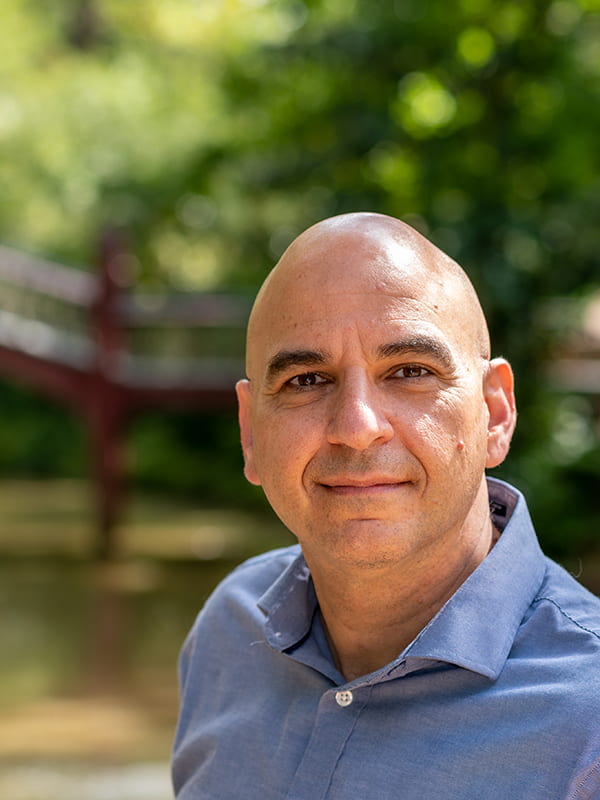Drive-Thru Pedagogy Blog
Pick up something practical.
Rethinking Student Assignments | Part 1: A Study in Communication
March 22, 2021 • Mike Blum
One of the hardest things for many instructors to do is to create a non-paper-based or multi-modal assignment for their students. We get so much of our information from videos, podcasts, websites, and other multimodal sources, so it’s only natural that instructors would want to help students understand these communication modes critically. There are appealing assignment options out there like student-created websites, podcasts, or student-produced videos. Besides not always knowing how to grade these assignments, there are a myriad of other stumbling blocks, like figuring out how to incorporate the assignment organically into the course or helping the students understand what’s being asked of them by modeling your own project as an exemplar. There are so many aspects to creating a multimodal assignment that I’d like to address the topic in a series of posts. In this first installment, I’d like to introduce the idea of integration.
Many of the most successful assignments are carefully integrated into the course curriculum. Take podcasting as an example. Rather than having students just “do” a podcasting assignment, I’ve found you get much better results when students are presented with the idea of podcasting as a communication type they will explore throughout the semester. In her ethnomusicology class, for example, Anne Rasmussen turns to the medium of the podcast as a semester-long exploration of music, from introducing students to a variety of different voices to working together to develop their own individual stories. Looking at how podcasting informs the discipline they’re studying before they’re ever asked to produce their own podcasts accomplishes a couple of important goals:
First, by featuring the podcast as a communication type that has influence in the discipline, the instructor reinforces the idea that podcasting is important as a way to convey information, and isn’t just a “fun” project the instructor decided to assign.
Second, when the instructor finally assigns students the task of creating their own podcasts, they’ve already had several learning experiences centered around that communication type so they start to get a feel for what elements are important in creating a podcast.
There’s a lot more that goes into incorporating a multimodal assignment into your course, and I’ll get into those in future articles. You can have a look at the information sheet outlining the CASPA model for multimodal assignments for some general ideas, and we invite you to reach out to STLI for specific questions. For now, let me just offer the idea of bringing whatever communication type you want to assign as a project into the curriculum as a communication type worthy of being studied. I’d even suggest that you consider adding some language to that effect into your syllabus, along with some great examples students will be studying throughout the semester.
Read more:
• Rethinking Student Assignments | Part 2: How to think about Technical Skills
• Rethinking Student Assignments | Part 3: Multimodal Assignments – Structure vs. Choice
1 Something along the lines of “In this course, besides our lectures and course readings, we will also be studying [podcasting/digital posters/websites/etc.] and their/its importance in our discipline. Through a series of assignments, we will learn the skills needed to be critical consumers and thoughtful producers.”
© 2021 Mike Blum. The text of this work is licensed under a Creative Commons BY-NC-ND 4.0 International License.
Meet the Author
Mike Blum
STLI Program Manager & Teaching Consultant
Mike’s favorite type of projects are ones that combine storytelling and technology. Helping faculty and students tell their stories through building media rich websites, maps, videos, you name it. He is passionate about sharing stories and helping others share them in compelling and innovative ways.
